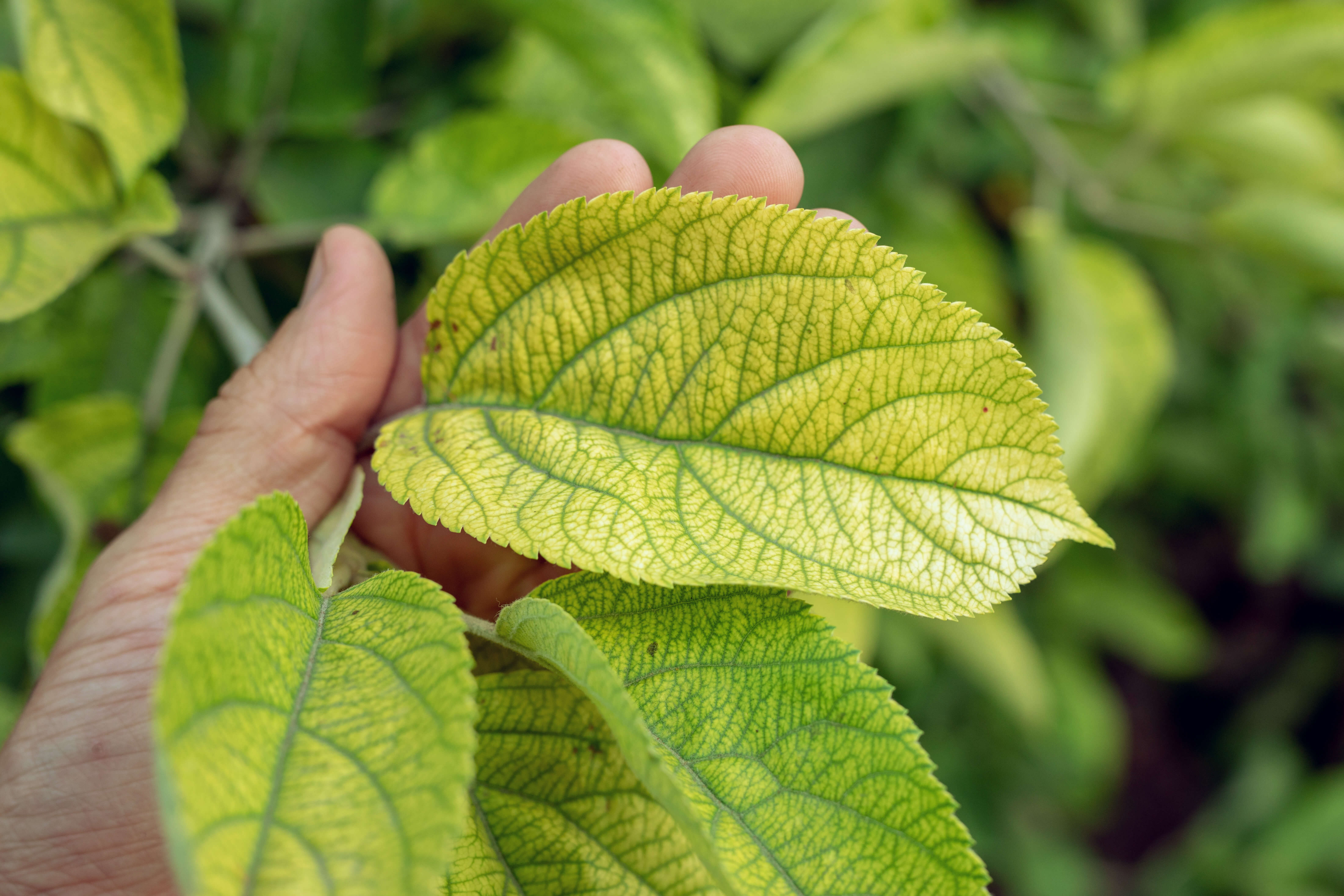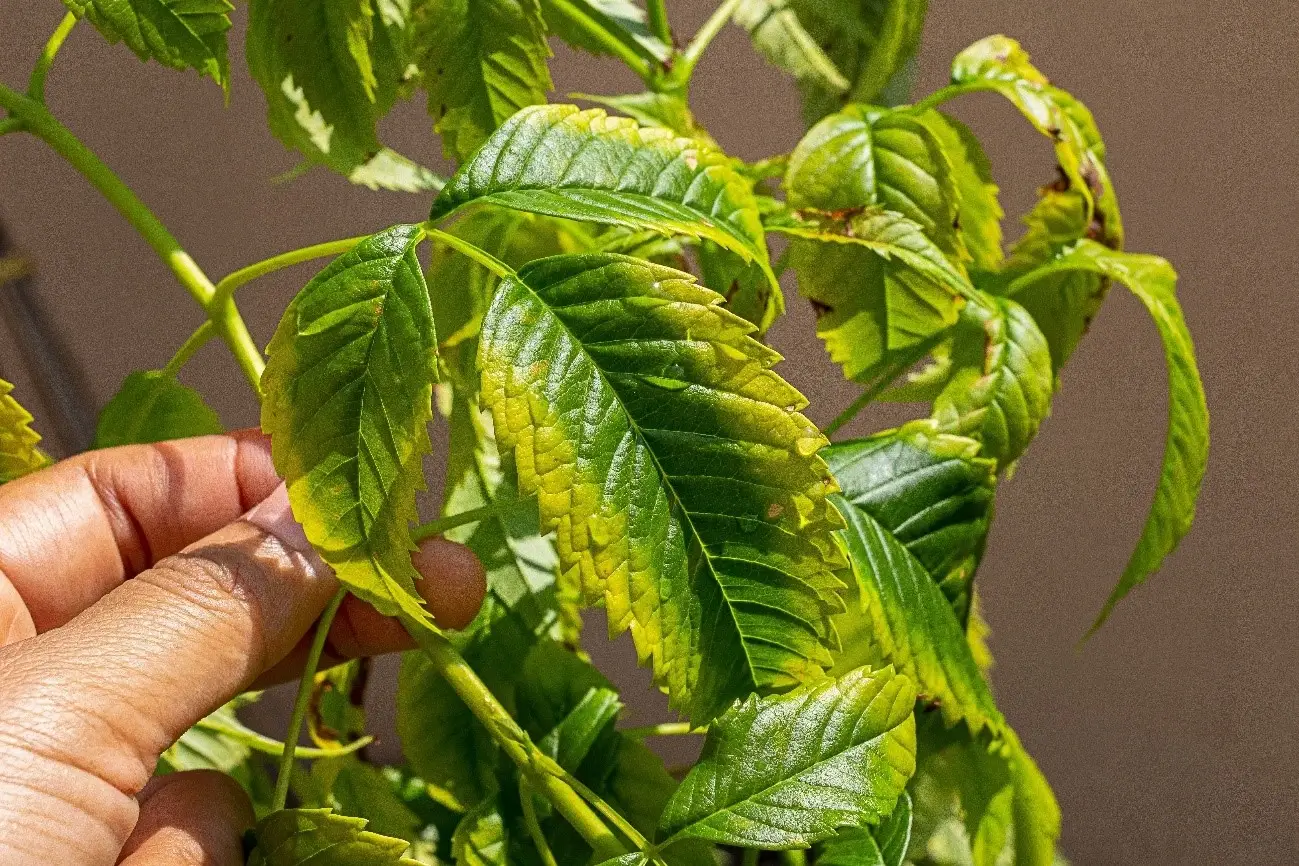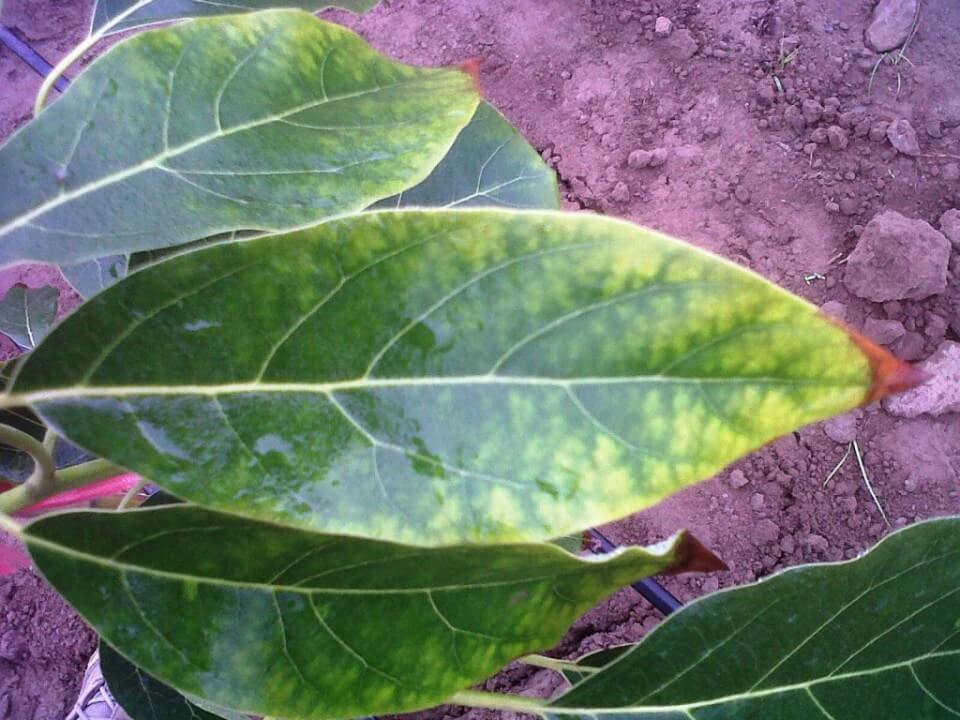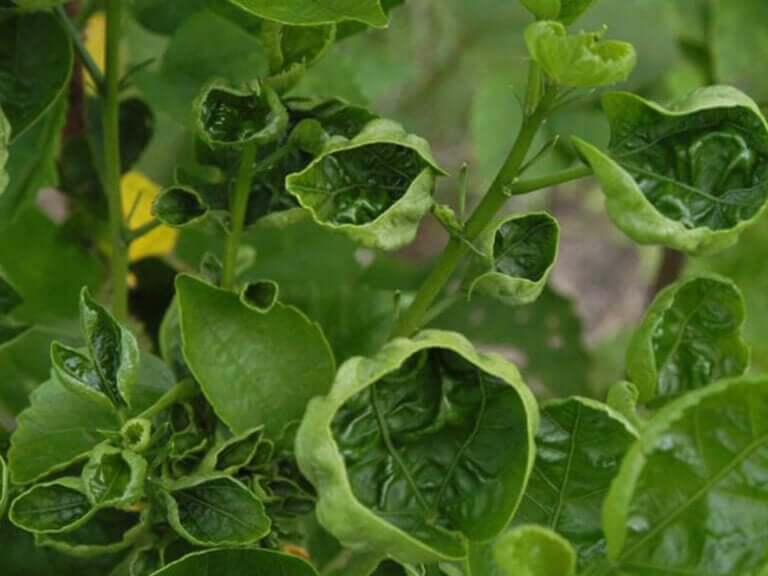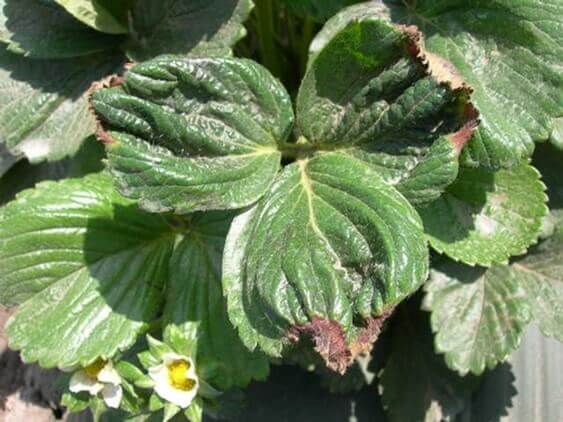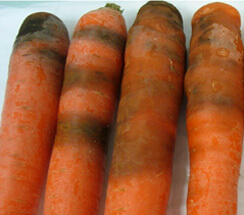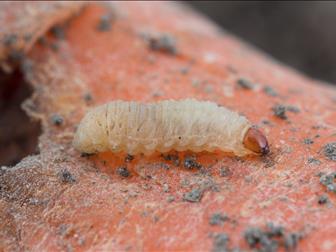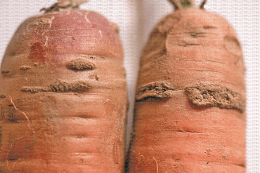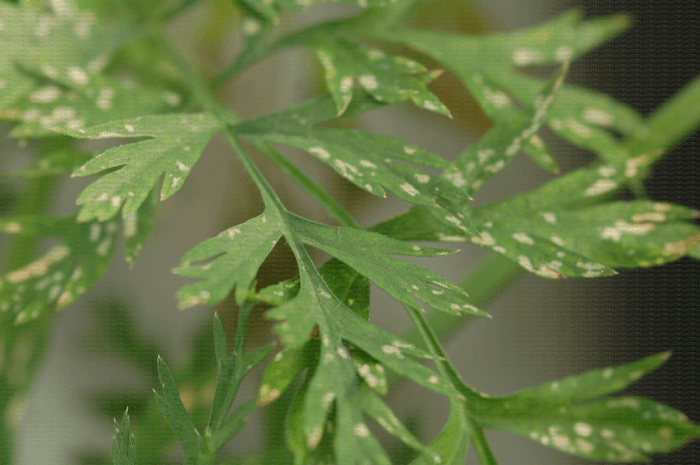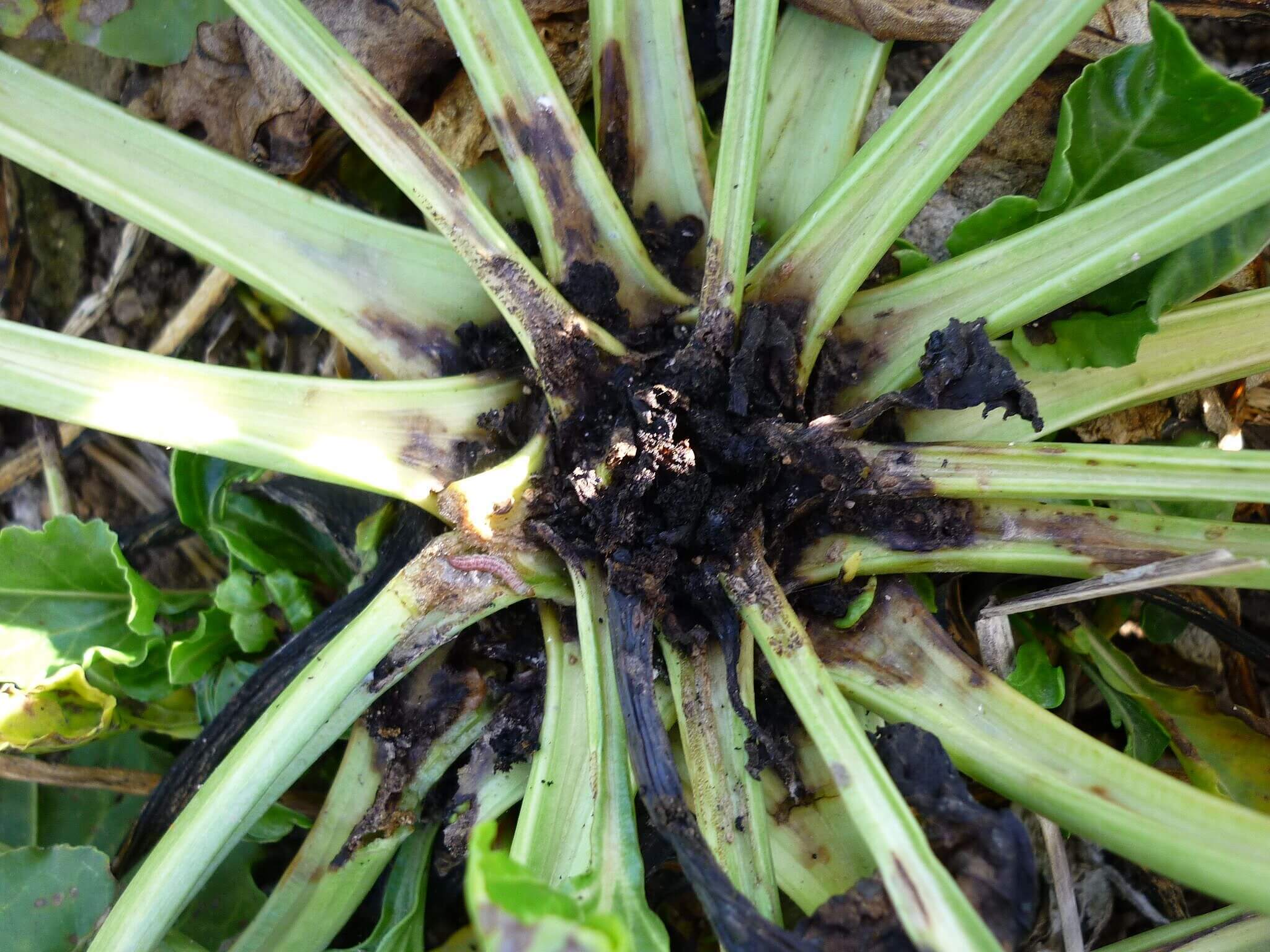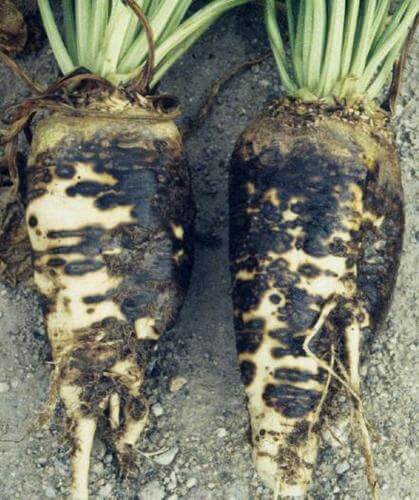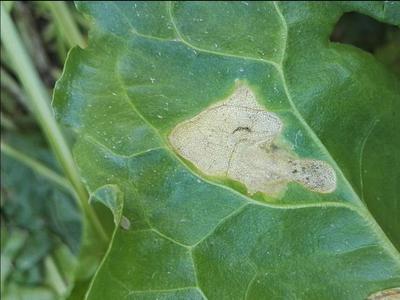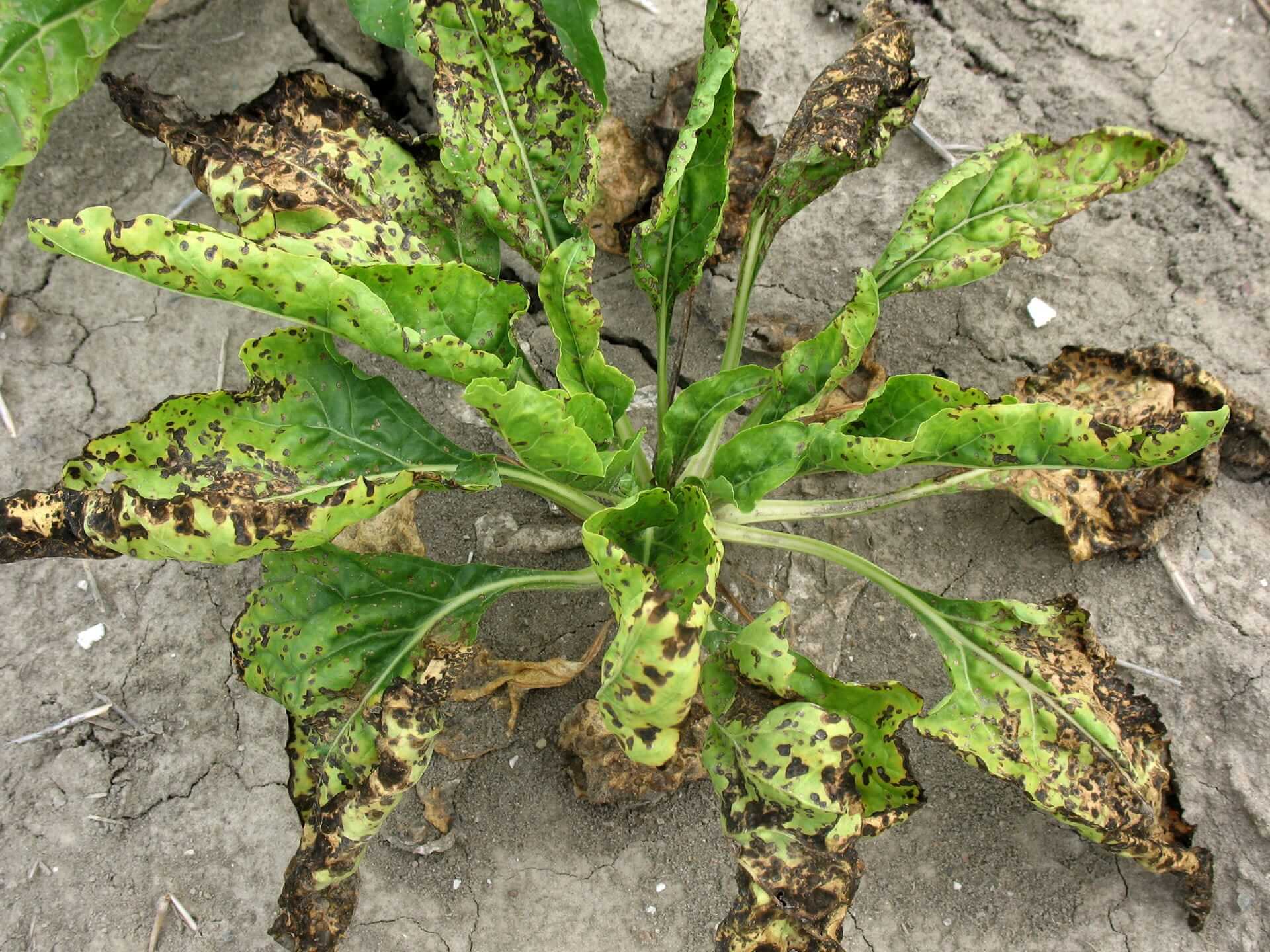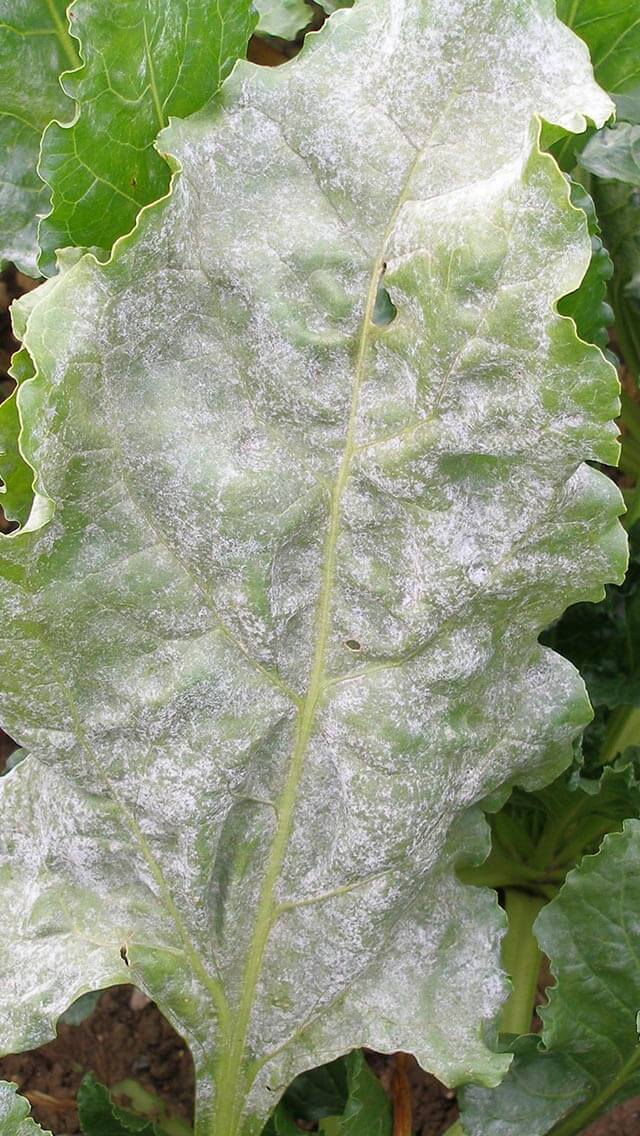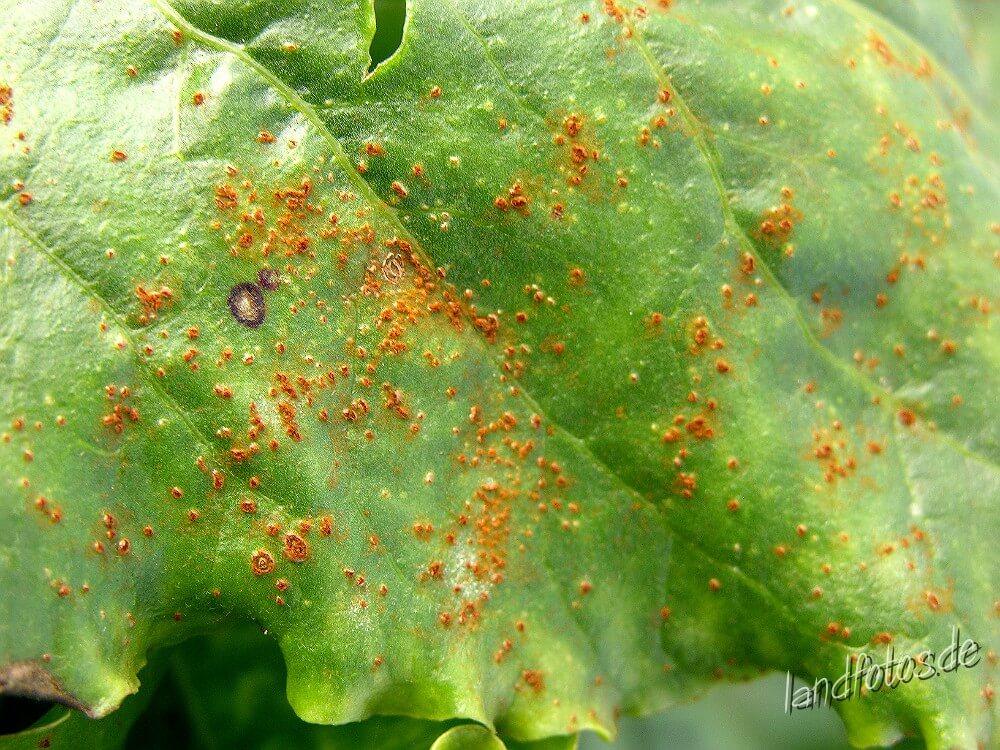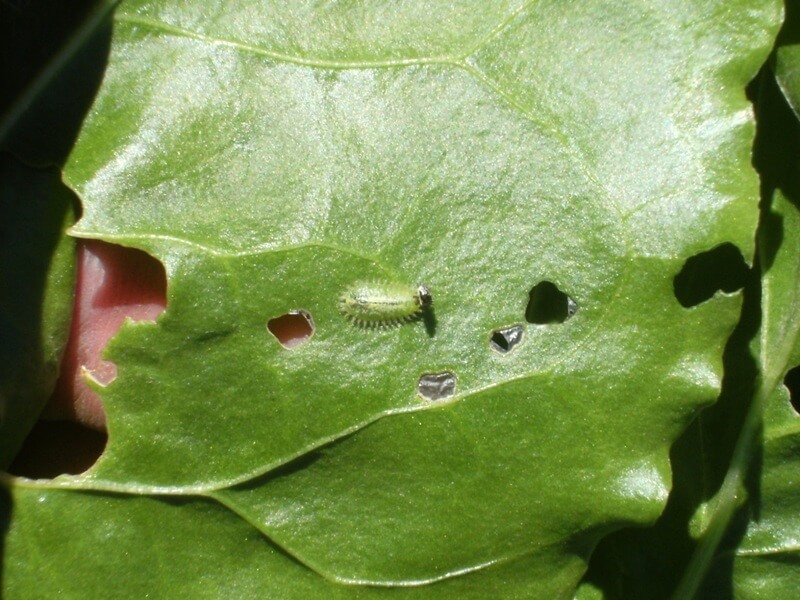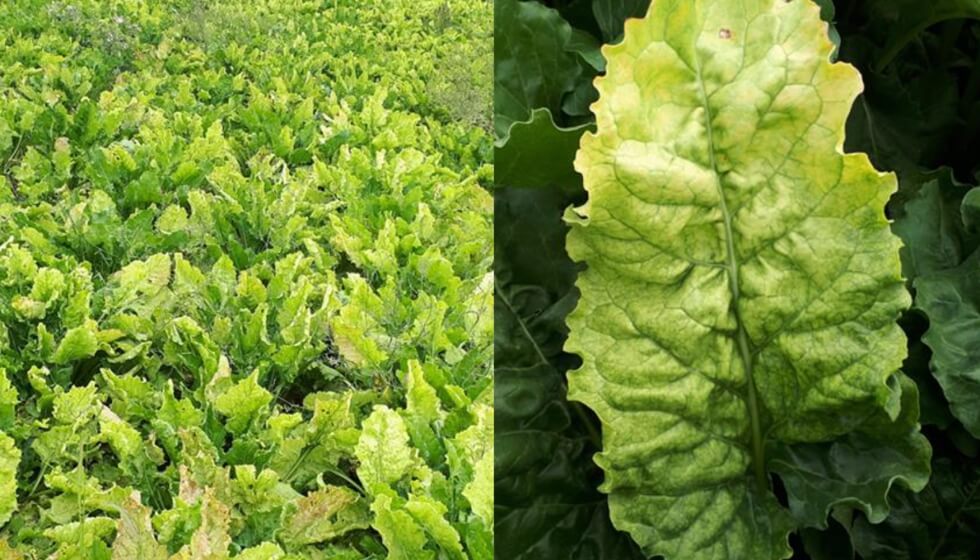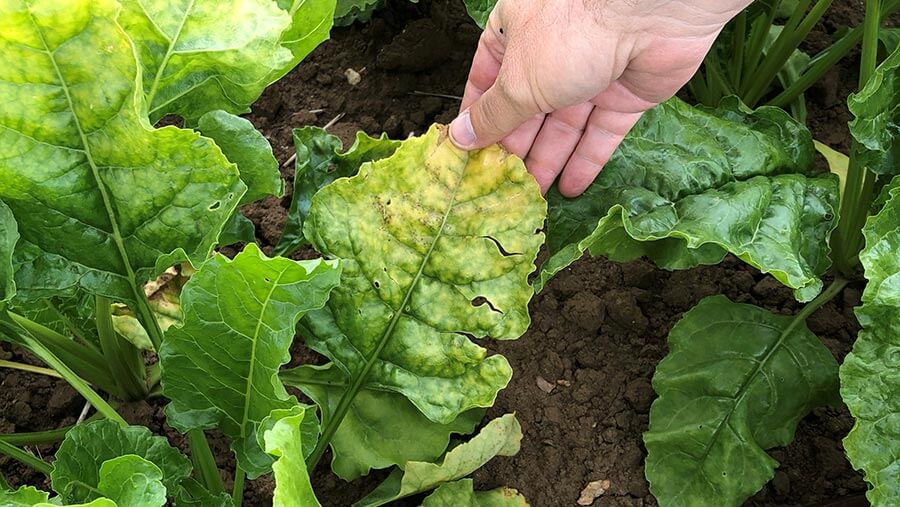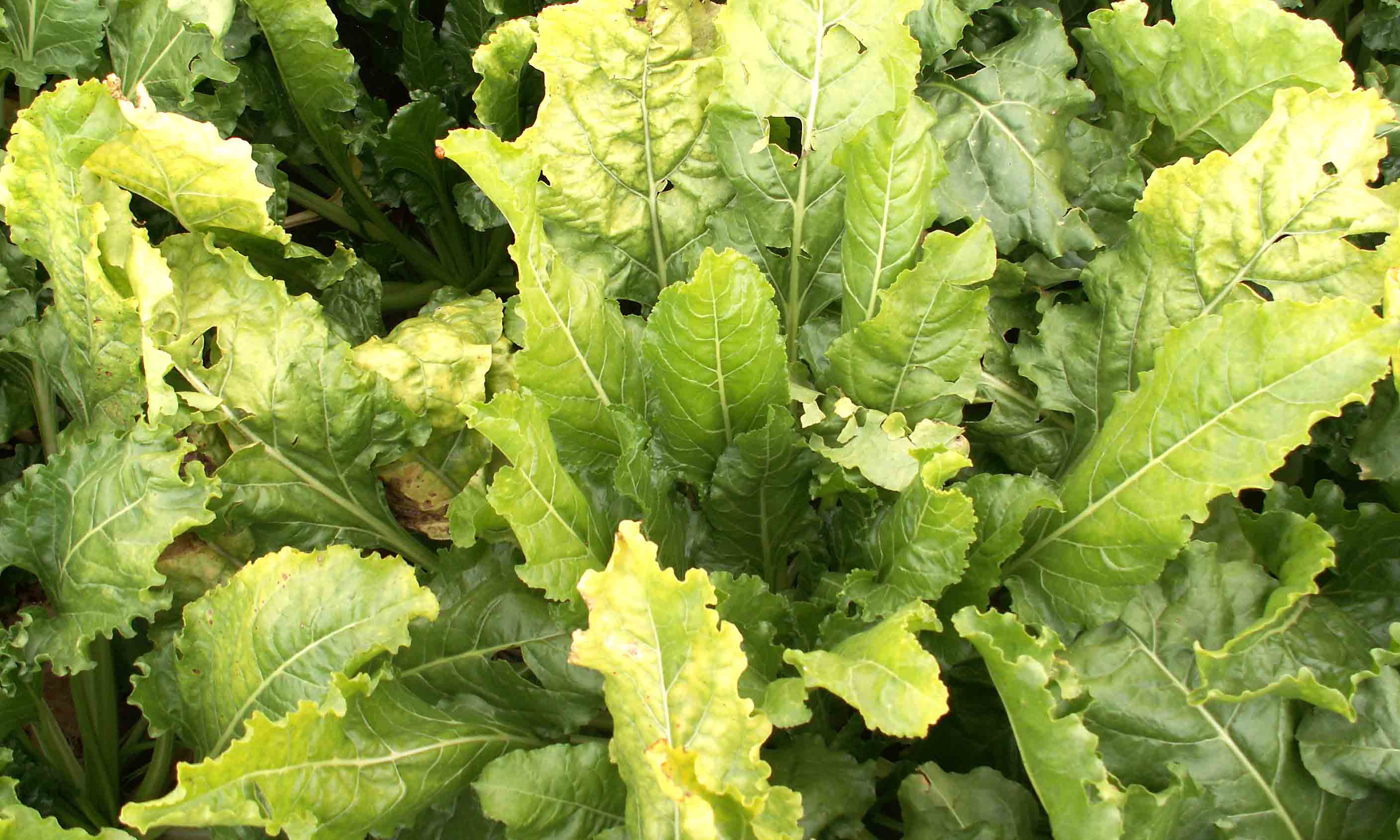
Plantas decorativas de jardín y/o interior
How to recognize and correct sulfur deficiency in crop and garden plants
Sulfur Deficiency
Nutritional disorder
Type:
Risk to the plant:
INTERMEDIÁRIO
-
Pathogen:
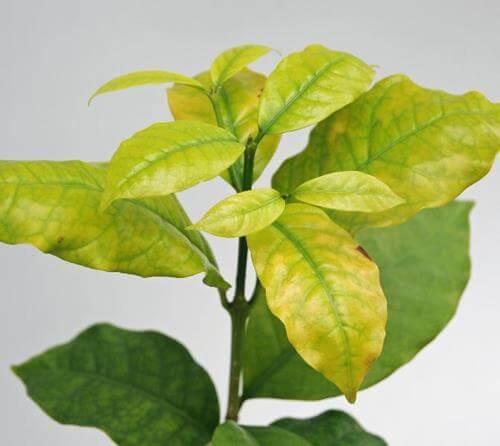
Deficiencia de Azufre
WHO CAUSES IT?
Sulfur is a secondary macronutrient essential for the synthesis of amino acids (cysteine and methionine), proteins, vitamins, and coenzymes. It also participates in the formation of essential oils and in the natural defense of plants against pests and diseases. Its deficiency is especially observed in soils poor in organic matter, very sandy, with intense leaching, or in areas where low-sulfur fertilizers are used. Unlike nitrogen, sulfur is not very mobile in the plant, so symptoms appear first on young leaves.
SYMPTOMS
Sulfur deficiency can be confused with nitrogen deficiency, but it affects young leaves rather than older ones.
Typical symptoms:
• Yellowing (chlorosis) in young leaves and new shoots.
• Delayed overall plant growth.
• Thin, brittle stems.
• Delayed flowering and ripening.
• Lower protein and oil content in grains and seeds.
Sulfur deficiency develops progressively and, if not corrected, limits crop quality and yield, especially in legumes, cruciferous crops, and cereals.
Developmental stages:
• Early: Young leaves with a uniform pale green color.
• Intermediate stage: More intense chlorosis in shoots, slow growth.
• Advanced: Thin stems, small, deformed leaves.
• Final: Marked reduction in flowering, protein-poor seeds, and lower total yield.
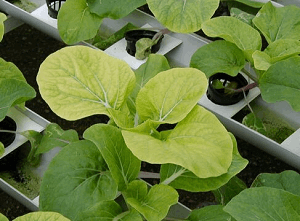
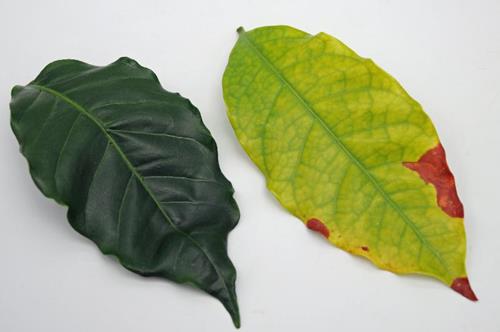

DEVELOPMENT CONDITIONS
Temperature:
-
Humidity:
-
HOW IS IT SPREAD?
-
HOW TO ELIMINATE IT?
Home treatments
There are no home treatments
Natural allies
Chemical treatments
There are no treatments for this disease. Treatments are directed at the insect vectors that transmit it. See insect treatments.
RECOMMENDED PRODUCTS TO ELIMINATE THE PEST
Sponsored link
Sponsored link
Sponsored link
Sponsored link
Sponsored link
Sponsored link
Sponsored link
Effective against all types of fungi
Sponsored link
Sponsored link
Sponsored link
Sponsored link
Sponsored link
REPELLENT PLANTS
-
RECOMMENDATIONS





















